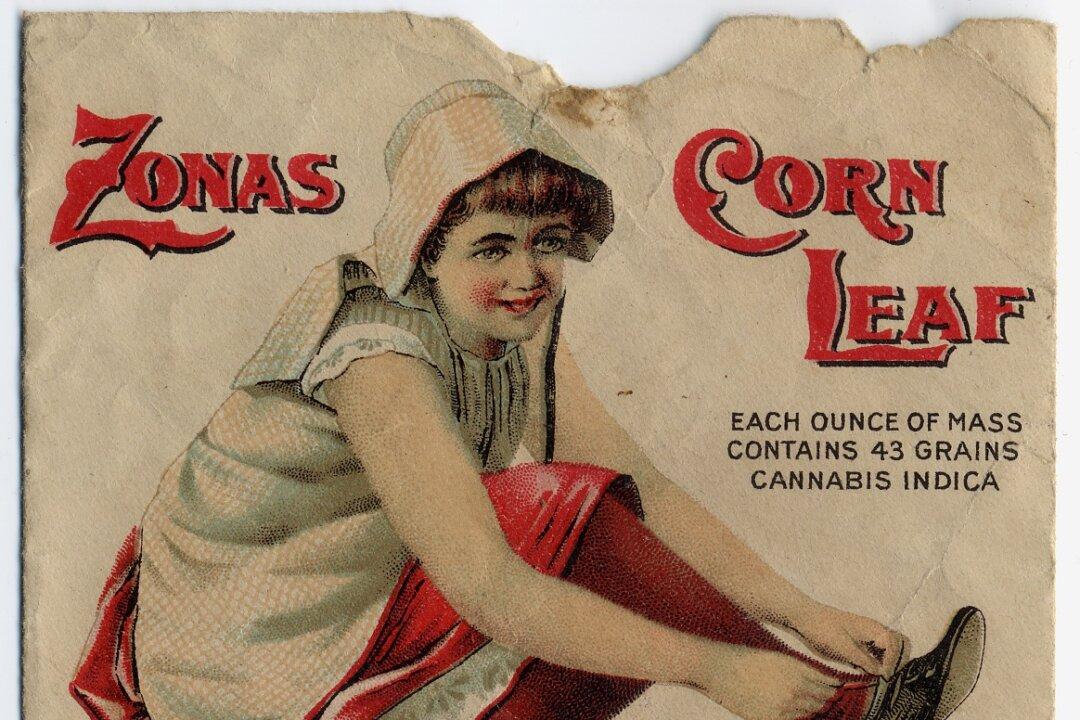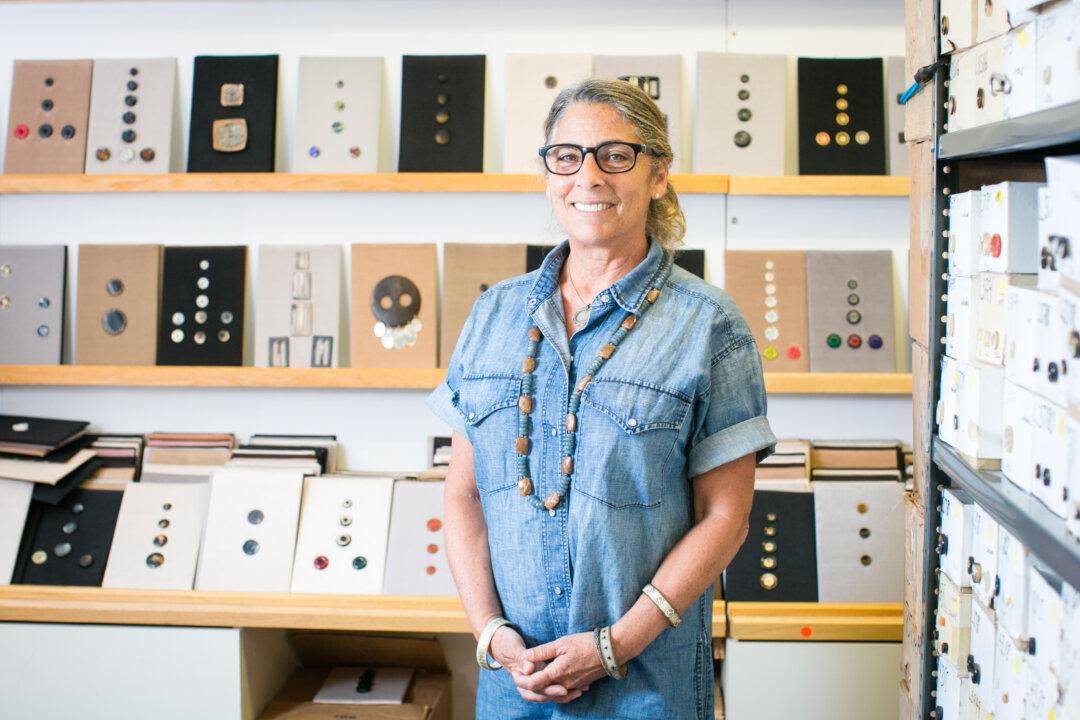MIDDLETOWN, N.Y.—It isn’t often that one would look forward to visiting a hospital. But once you’ve been to the Orange Regional Medical Center (ORMC), you might just look for an excuse to go back. Not for a triple bypass or anything else to do with physical ailments, but perhaps for the ambiance and the art.
The ORMC is unlike most hospitals. First of all, as soon as you walk in, there is a pianist playing gentle music on a grand piano in the light-filled lobby surrounded by the local scenery. There are no white walls or shiny linoleum on the floor. Instead, the décor is akin to a five-star hotel in earth tones and plush fabrics throughout.
As soon as you walk in, there is a pianist playing gentle music on a grand piano in the light-filled lobby.





